Overview
In India, men are found to be principal earners of the family while women are the main spenders owing to their role as the manager of household expenses. Women are multitaskers and quite known to be budgeting experts. Yet larger financial decisions are often reserved for the male members of the family.
Gender gap for financial literacy in India is alarming with 80% of women not being financially literate (S&P Survey – 2015). The government has offered numerous welfare schemes, credit options, insurances and Self Help Group (SHG) loans to promote financial inclusion of women, however a significant disconnect still prevails.
Increased use of smart phones has offered a wider spectrum of financial products and services at the fingertips of consumers. Hence, a sound understanding of the contemporary ways to transact, save, invest and earn is very essential for every woman, to ensure financial independence for herself and for her family.
IIFL Foundation is focused on driving empowerment of women through financial literacy in semi-urban and rural regions of India. On the business side, our microfinance NBFC works closely with them to bring more people in the ambit of formal lending.
Our impact
8
FLCs4
States79
Villages1,08,991
Targeted PopulationProcess
IIFL Foundation has selected states having low financial literacy levels, namely, West Bengal, Odisha, Assam and Tripura to establish its Financial Literacy Centers (FLCs).
The ideal location is selected after a thorough need assessment with the primary indicators such as - non-accessibility of banking services, low savings habit among the communities, lack of access to information on government schemes and primary entitlements.
One of the most important function of the FLC is the ‘Financial Literacy Program for Women’. It is an interactive five-part training module that spans over three months and provides exposure visits to banks.
The training starts with touching topics as – The need for savings, ideal places for saving money and the types of banking services. This is followed by hand holding sessions on financial planning with preparation of a financial diary to sketch down a sustainable financial plan for the family. Next topic is budgeting that can create an opportunity for every family to save more and regularly. Then comes the investment and insurance part where the women are introduced to the government schemes (both central and state) and the ways to avail it. The last part touches a crucial aspect of credit management which talks about the do’s and don’ts while borrowing a loan and how one can plan smartly for its timely repayment.
The Financial Literacy Training program has been developed through rigorous experiment with the community to keep it as simple as possible, is offered in local languages and has several indigenous examples.
Apart from the training, the team at FLC provides support to access the financial services and schemes implemented by government, preparation of essential documents and financial counselling. Also, village level promotional events are organized to improve outreach to the people.
Gallery
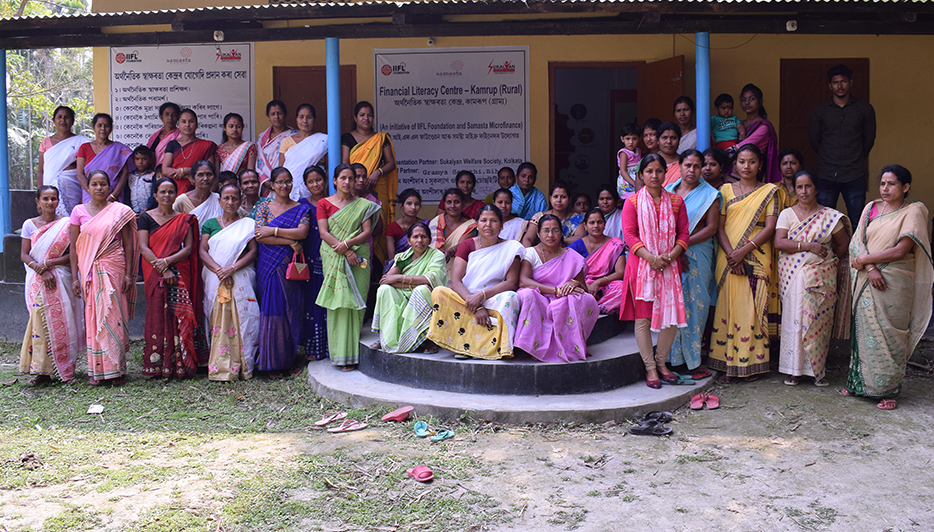
Financial Literacy Centre - Assam
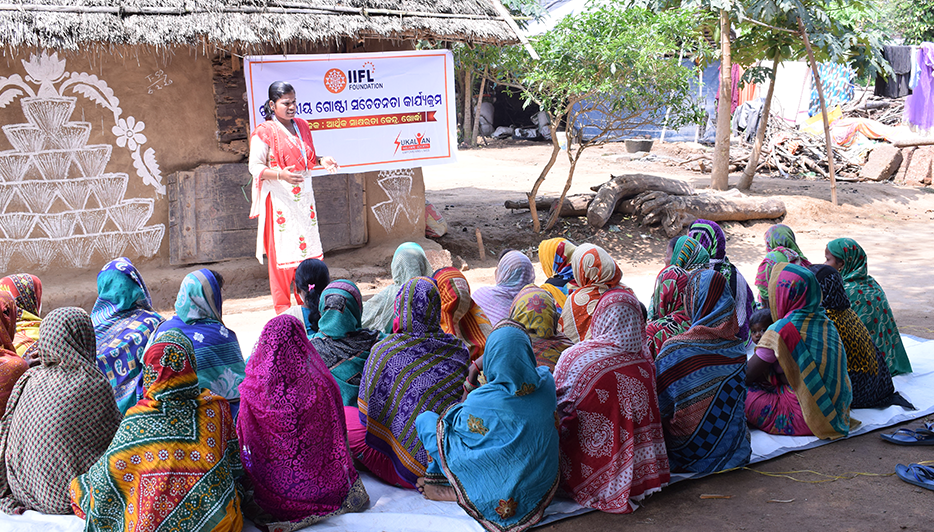
Community Meeting
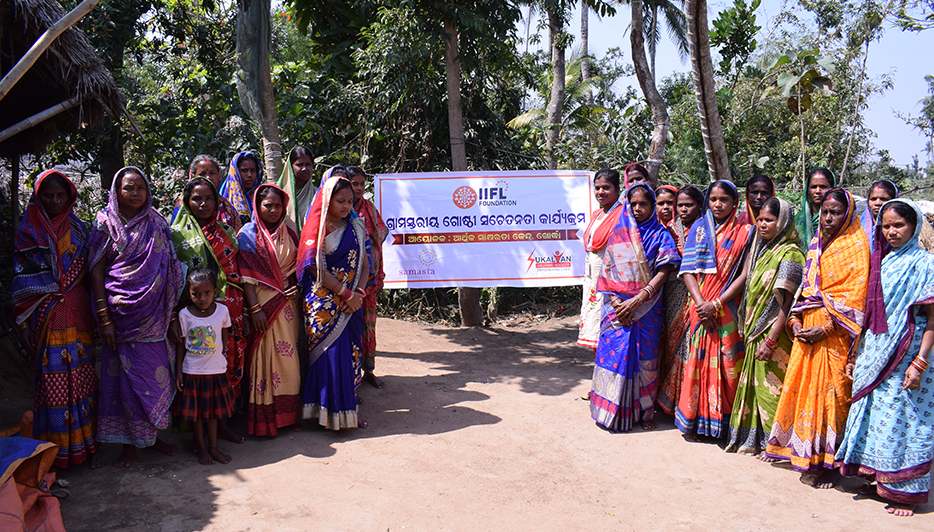
Awareness Program
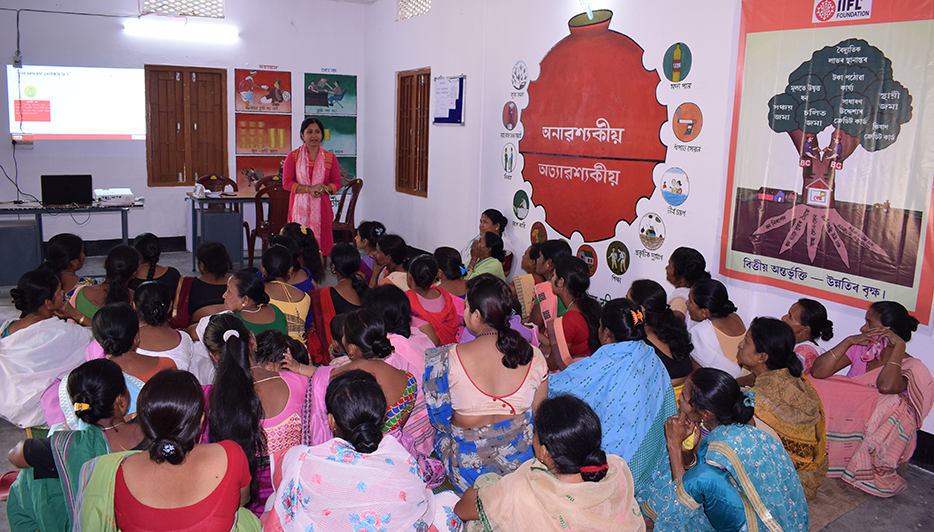
Good Borrowing
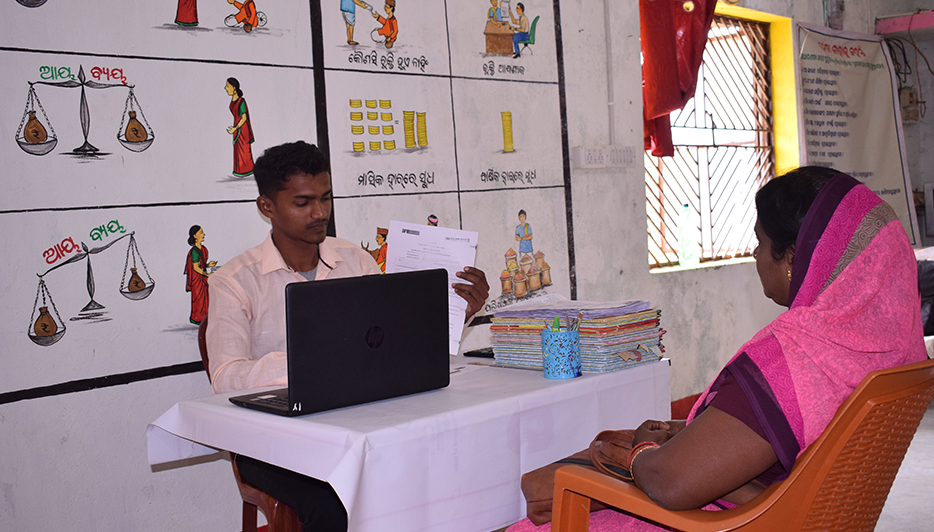
Availing Government Schemes
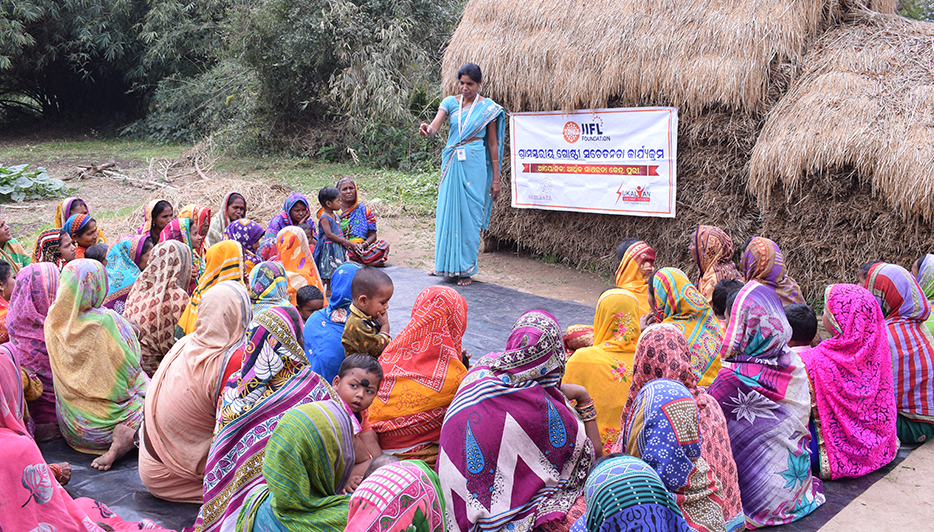
Mobile FLC
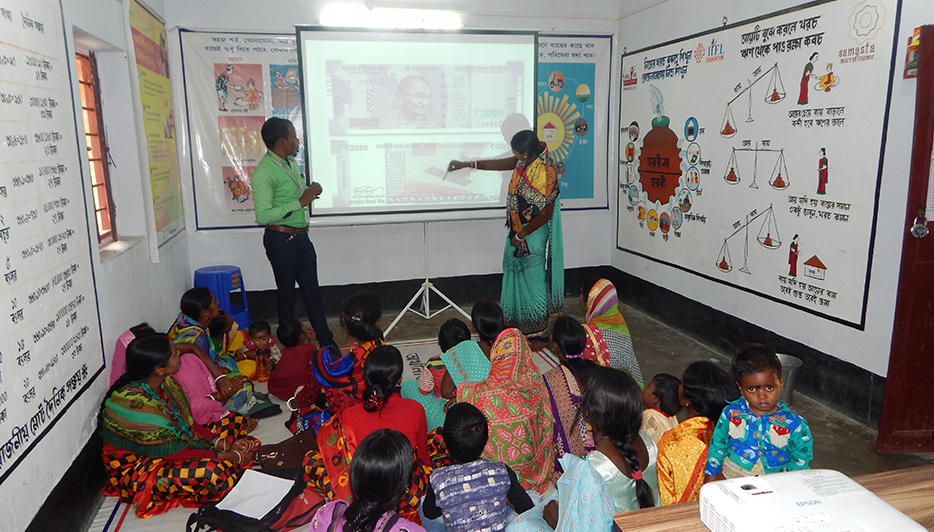
Fake currency note?
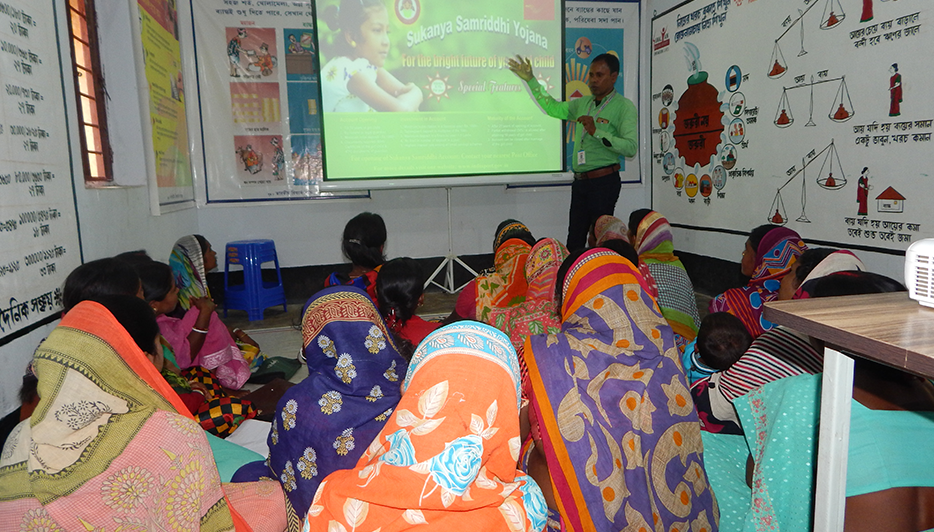
Sukanya Samriddhi Yojana
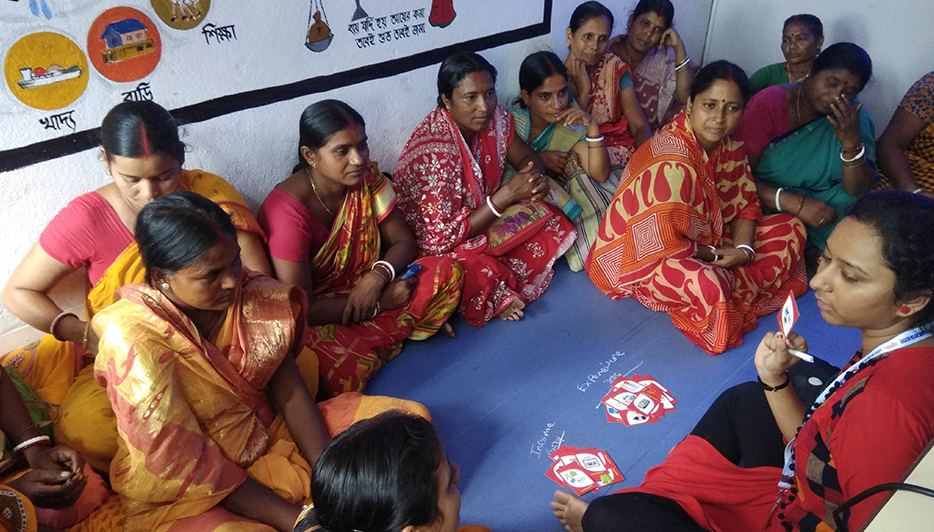
Income or Expenditure?
No Data Found
Disclaimer: Above information is as on March 31, 2021

